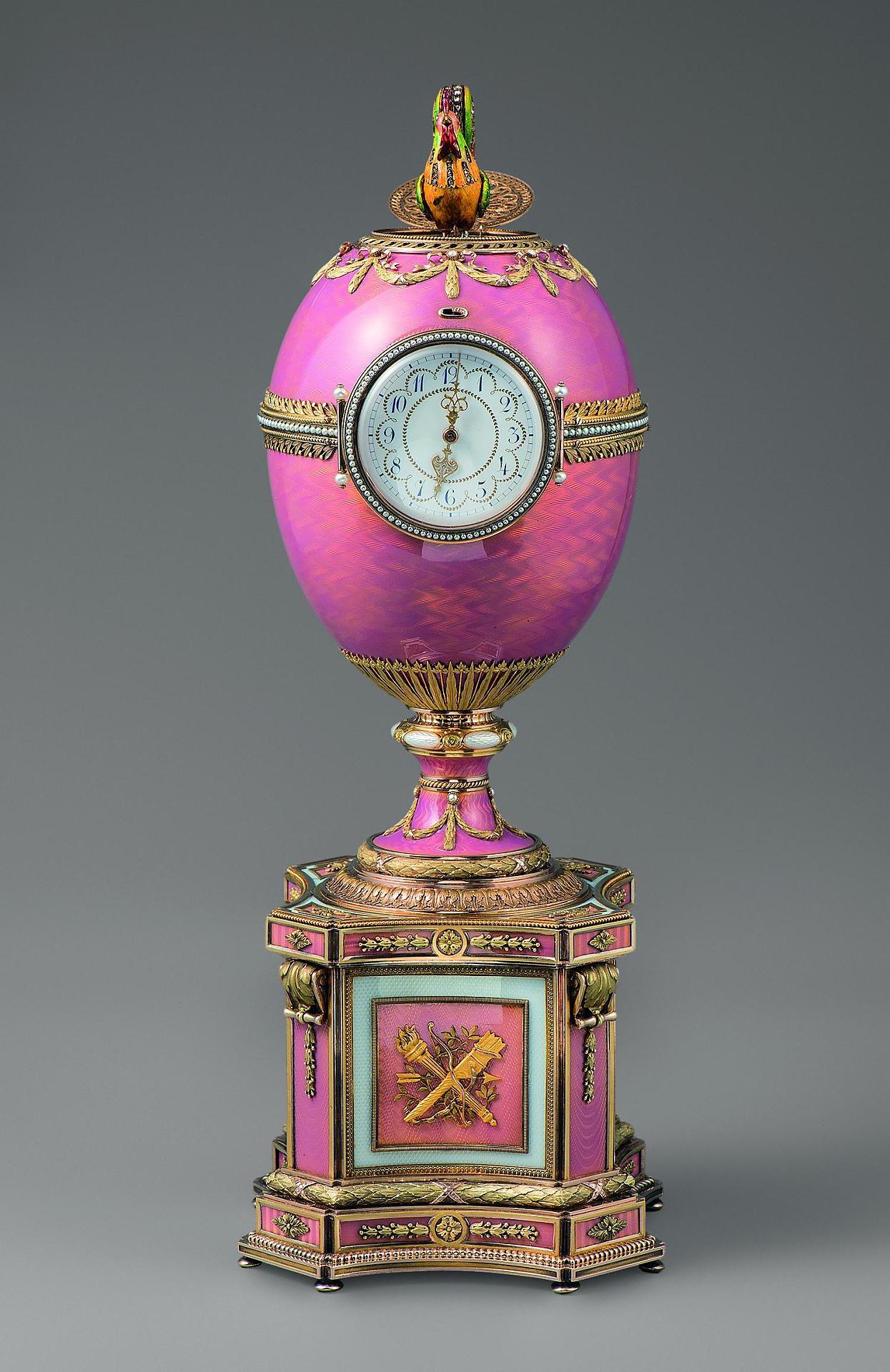The Statue of Liberty was a gift from one country to another. Which were the countries?
France and USA
100th anniversary, a period of 100 years (9)
centenary
to .......... your head
bow/nod
We use .......... or .......... for people.
who/whose
The part of the sentence starting with who/which/that/whose is called a .......... clause.
relative
It's in the nucleus of cells and contains genetic information. What is it?
DNA
Put the letters in the correct order to make the names of three continents.
FARICA
UPEORE
IASA
AFRICA, EUROPE, ASIA
to .......... hands
shake
The past simple affirmative of be is .......... in the singular and were in the plural. The negative is wasn't / .......... .
was/weren't
In the past simple we use did in questions and .......... in negatives.
didn't
Look at the photo. What is it? (10, 7, 3)
Rothschild Faberge Egg
In India, what colour flowers should you not give as a gift?
white
Thousands of years ago, some of our .......... came from Scandinavia.
ancestors
We use .......... or .......... for things and animals.
that/which
In the third person singular, the short form of has is .......... .
's
What is at the feet of the Statue of Liberty? (6, 5)
a broken chain
What did the Greeks leave for the Trojans at the gates of their city, Troy? Why did they leave it there? (6, 5)
Huge wooden horse (Trojan horse); so the Trojans would think it was a gift and bring it inside their city
to .......... your hands together
put
The past participle of regular verbs ends in .......... .
-ed
We can use the .......... .......... who, which, that, whose to join two sentences.
relative pronouns
Alaska is part of the USA but it has a land border with which other English-speaking country? (6)
Canada
How did people cross from Russia into Alaska more than 15,000 years ago?
land bridge
My mum's from Colombia, so we've got cousins, aunts, uncles and other .......... there.
relatives
We form the regular past simple by adding .......... or d to the affirmative or by deleting y and adding .......... .
-ed / -ied
We form the present perfect simple with the verb .......... and the past participle.
to be